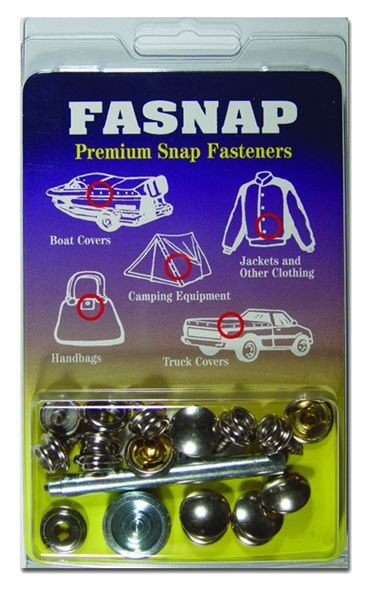
Even if some applicants must visit the human services office, the online application helps them initiate the process. Interviews are required, but in many states, these are routinely done by telephone. Online applications help facilitate program enrollment, enabling individuals to apply for SNAP at a convenient time and place. Forty states make their online application available in Spanish as well as English: Alabama, Arizona, Arkansas, California, Colorado, Connecticut, Delaware, District of Columbia, Florida, Georgia, Hawai’i, Illinois, Indiana, Iowa, Kansas, Kentucky, Louisiana, Massachusetts, Michigan, Mississippi, Missouri, Nebraska, Nevada, New Jersey, New Mexico, New York, North Carolina, Ohio, Oregon, Pennsylvania, Rhode Island, South Carolina, South Dakota, Tennessee, Texas, Utah, Virginia, Washington, West Virginia, and Wisconsin. Forty-nine states offer online applications: Alabama, Alaska, Arizona, Arkansas, California, Colorado, Connecticut, Delaware, District of Columbia, Florida, Georgia, Hawaii, Illinois, Indiana, Iowa, Kansas, Kentucky, Louisiana, Maine, Maryland, Massachusetts, Michigan, Minnesota, Mississippi, Missouri, Montana, Nebraska, Nevada, New Hampshire, New Jersey, New Mexico, New York, North Carolina, North Dakota, Ohio, Oklahoma, Oregon, Pennsylvania, Rhode Island, South Carolina, South Dakota, Tennessee, Texas, Utah, Vermont, Virginia, Washington, West Virginia, and Wisconsin. Online applications allow individuals to complete and submit an application over the internet. This simple step can help make the process more transparent and less daunting to potential applicants. By seeing the application in advance of going to the human services office, individuals can familiarize themselves with the information required to complete the application process. It allows potential SNAP participants to review or to complete the application outside of the human services office, often with the help of a community services agency. Making applications available online is a helpful tool for those interested in increasing access to SNAP. Forty-two states make their printable applications available in Spanish, while 20 states make them available in additional foreign languages.

The table below summarizes the types of services available and which states offer them. By making all of these materials readily accessible to the public, states can facilitate an improved understanding of SNAP. Others offer applications, benefit calculators, pre-screening tools, detailed program operation instructions for caseworkers, known as “policy manuals,” and copies of program memoranda to eligibility workers that describe policy changes to the program. Some states provide a simple description of the program on their agency’s website.

There is significant variation among states’ SNAP websites and their online services.

Readers may access states’ websites and addresses using the comprehensive list at the end of the paper. Those interested in expanding the services provided on their state’s website may find the overview section helpful as it highlights the various features states offer, such as benefit calculators or office locators. This report provides links to the addresses for each state’s SNAP websites and provides an overview of the types of information and services that states provide. The Center on Budget and Policy Priorities reviewed all the states’ websites to determine what information and services they offer regarding the Supplemental Nutrition Assistance Program.
#Apply for snap benefits in south carolina manuals
All states make information regarding the Supplemental Nutrition Assistance Program (SNAP), formerly known as the Food Stamp Program, including their applications, state policy manuals or regulations, and general program information, available to the public via the internet.


 0 kommentar(er)
0 kommentar(er)
